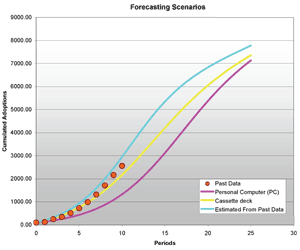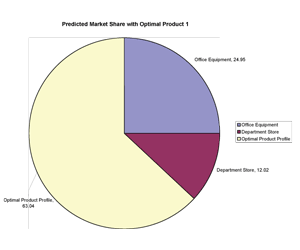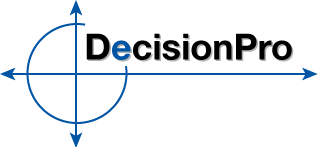| What you put in... |
What you get out... |
- Market potential for new products
- Historical sales data OR selection of analogous products
- Advertising and pricing plan
|
- Sales/adoption rate forecast for new product
- Sensitivity of sales forecast to marketing activities
- Ability to link to revenue and profit projections
|
The Bass diffusion model is used to forecast the sales of a new product or service that has no close competitors. It can be used to forecast the long-term sales pattern of a product when one of the following is true:
- The product has recently been introduced and sales have been observed for a few time periods.
- The product has not yet been introduced, but it resembles another product in the market whose sales history is known.
The model helps to predict:
- the number of customers in the target segment that will eventually adopt the new product or service.
- when they will adopt it.
 The Marketing Engineering for Excel software includes both the Bass model and the Generalized Bass model. The Bass model assumes that the sales rate for the product is not affected by marketing mix variables while the Generalized Bass model assumes that the product sales rate in the target segment is affected by the level of advertising for the new product, and by the price of the new product.
The Marketing Engineering for Excel software includes both the Bass model and the Generalized Bass model. The Bass model assumes that the sales rate for the product is not affected by marketing mix variables while the Generalized Bass model assumes that the product sales rate in the target segment is affected by the level of advertising for the new product, and by the price of the new product.
Both models include three parameters to describe the two factors which affect product diffusion in the market and the market growth
- p - the coefficient of innovation (or coefficient of external influence)
- q - the coefficient of imitation (or coefficient of internal influence)
- r - market growth (as a function of existing market size)
The Generalized Bass model includes three more parameters:
- s - the market price elasticity, or how much a change in price affects the total market potential
- v - the advertising coefficient, which affects the strength of the effect of changes in advertising levels in product diffusion
- w - the price coefficient, which affects the strength of the effect of changes in price in product diffusion
 The Conjoint Analysis model is widely employed for designing new products. It is a procedure for measuring, analyzing, and predicting customers' responses to new products and to new features of existing products. It enables companies to decompose customers' preferences for products and services (provided as descriptions or visual images) into "part-worth" utilities associated with each option of each attribute or feature of the product. Firms can then recombine the part-worths to predict customers' preferences for any possible combination of attribute options. Firms can use conjoint analysis to:
The Conjoint Analysis model is widely employed for designing new products. It is a procedure for measuring, analyzing, and predicting customers' responses to new products and to new features of existing products. It enables companies to decompose customers' preferences for products and services (provided as descriptions or visual images) into "part-worth" utilities associated with each option of each attribute or feature of the product. Firms can then recombine the part-worths to predict customers' preferences for any possible combination of attribute options. Firms can use conjoint analysis to:
 The Marketing Engineering for Excel software includes both the Bass model and the Generalized Bass model. The Bass model assumes that the sales rate for the product is not affected by marketing mix variables while the Generalized Bass model assumes that the product sales rate in the target segment is affected by the level of advertising for the new product, and by the price of the new product.
The Marketing Engineering for Excel software includes both the Bass model and the Generalized Bass model. The Bass model assumes that the sales rate for the product is not affected by marketing mix variables while the Generalized Bass model assumes that the product sales rate in the target segment is affected by the level of advertising for the new product, and by the price of the new product.